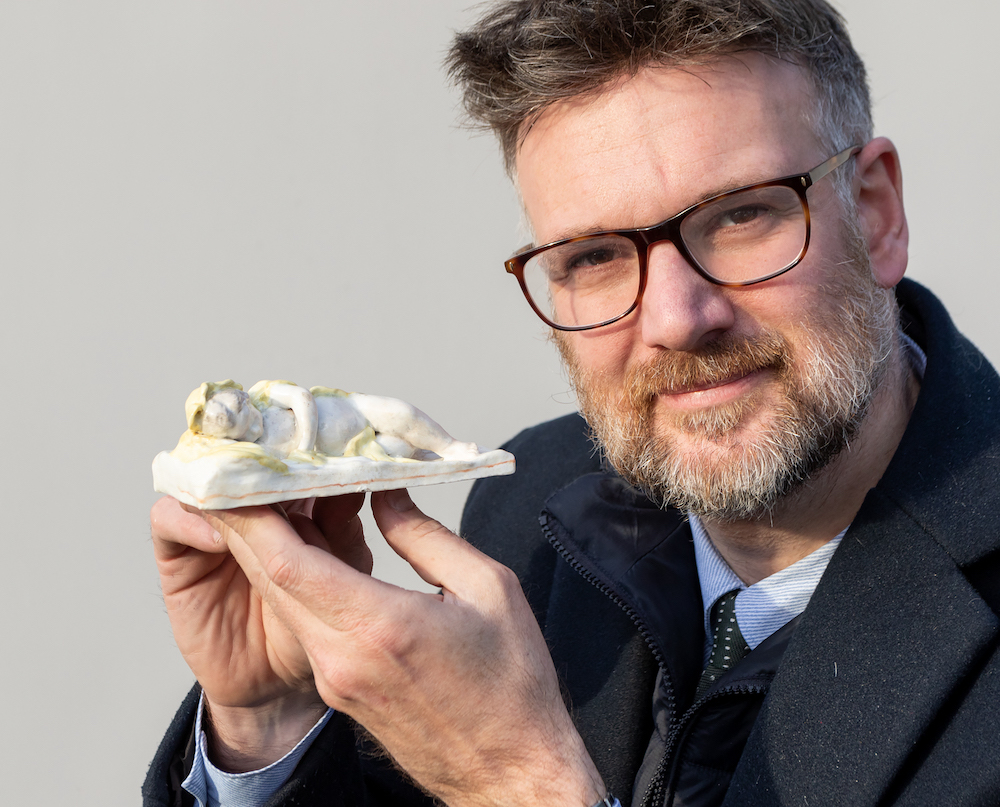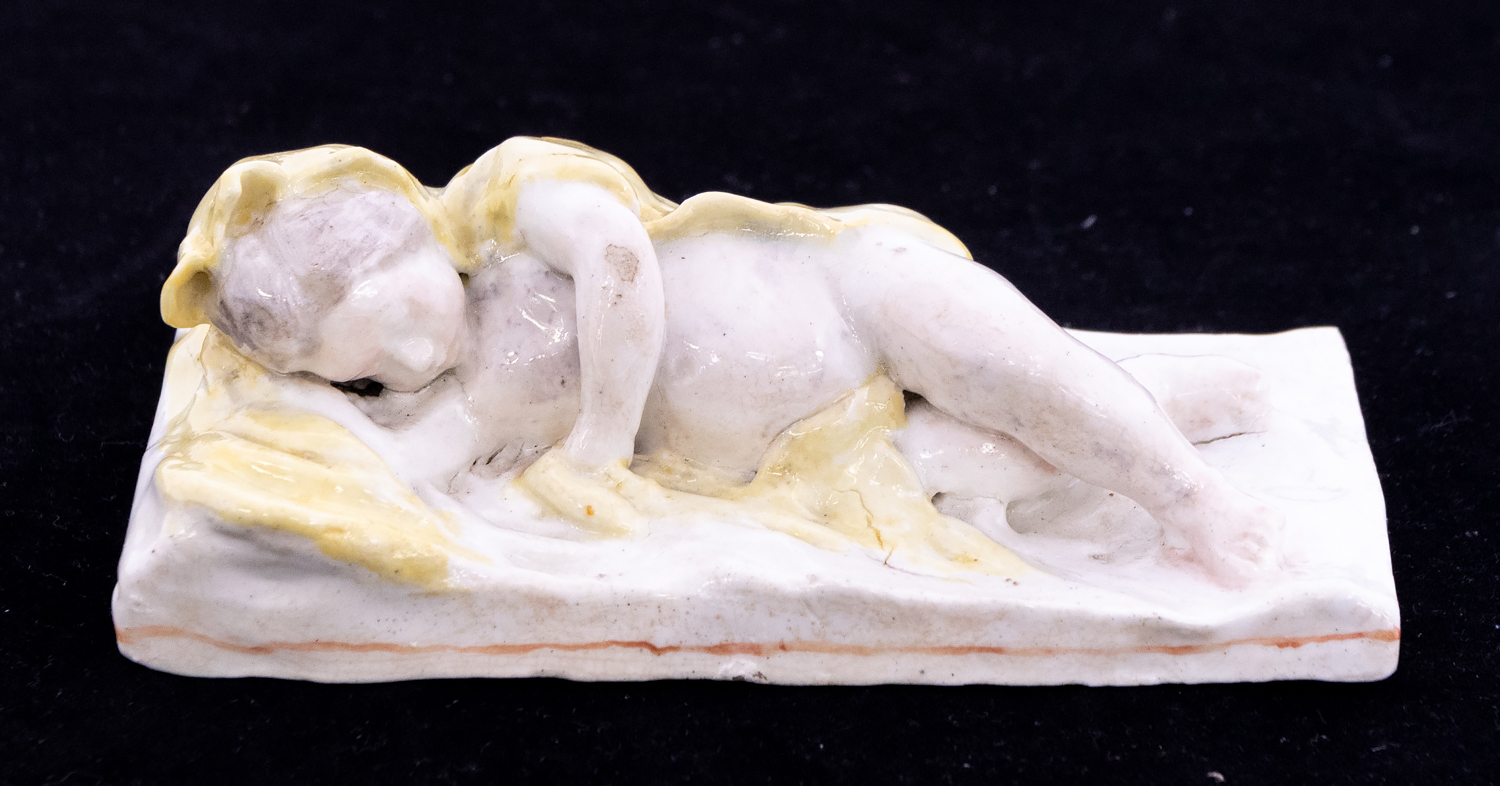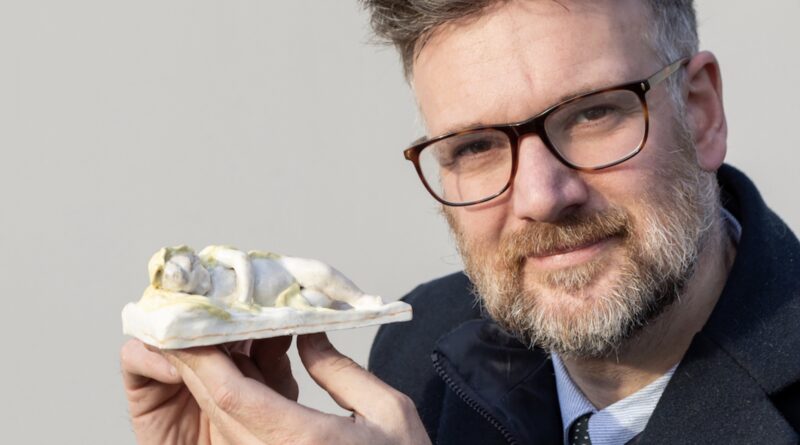Chelsea porcelain baby is no sleeper
A sleeping baby porcelain figure bought for £2 at a car boot sale decades ago could make tens of thousands of pounds at auction. The white Chelsea ornament, which is around 278 years old, was spotted at an event in Gloucestershire in the mid-1990s.
Such is its rarity and historical significance, it is expected to make between £20,000 and £30,000 when it goes under the hammer at Hanson Holloway’s Ross in Banbury, Oxfordshire on March 4.

It is valuable as it marks the birth of porcelain production at London’s Chelsea factory and porcelain production in England in general nearly three centuries ago.
Charles Hanson, owner of Hanson Holloway’s Ross, said: “It’s extremely important because it demonstrates early attempts to make figures in the mid-18th century. A sleeping child in a horizontal position would have been far easier to make than a standing figure.
“It was made at the Chelsea factory during its early production period in 1746. At that time the factory was led by Nicholas Sprimont, a silversmith and entrepreneur who became its first director.
“A similar example is in the British Museum incised with the date June 26, 1746. A find like this is the holy grain for any keen collector of early English porcelain. Many would love to acquire it. it represents the most charming and rarest of English porcelain figures.

“It would have been inspired by the mid-18th Century passion for northern European art. The design may have been influenced by John Michael Rysbrack (1694-1770), a key sculptor and designer in England in the 18th century.
“In addition, the French factory of Vincennes, which later became the Sèvres factory, produced similar examples in the early 1740s. It is possible the Chelsea sleeping child was the result of a model sent from France.
“The mould would have been created from a slip casting technique. On removal from the mould, touching up and undercutting of details would have been undertaken by a skilled artisan known as a repairer. They would have formed a separate mould for the child’s left hand.
“My early years of training focused on early English porcelain so to find an item which defines the start of its manufacture in the mid-18th century is a thrill for me.”
The Chelsea Porcelain Factory began production in 1743-45. It was the first important porcelain maker in England. It made soft-paste porcelain aimed at the luxury market. Its site in Chelsea was close to the fashionable Ranelagh Gardens pleasure ground which opened in 1742.
Its first known wares are ‘goat and bee’ cream jugs with seated goats at the base but it became known for its figures. The firm operated independently until 1770 when it merged with Derby porcelain.


